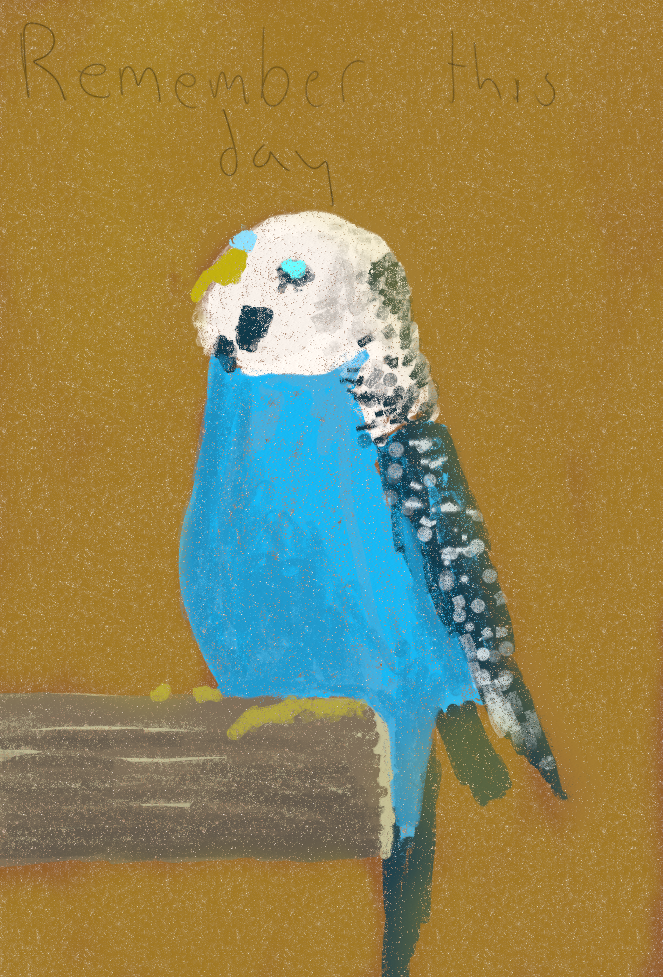The original page 13 of the Codex Borbonicus, showing the 13th trecena of the Aztec sacred calendar. This 13th trecena was under the auspices of the goddess Tlazolteotl, who is shown on the upper left wearing a flayed skin, giving birth to Cinteotl. The 13 day-signs of this trecena, starting with 1 Earthquake, 2 Flint/Knife, 3 Rain, etc., are shown on the bottom row and the right column.
The Codex Borbonicus is one of a very few Aztec codices that survived the colonial Spanish inquisition. When the Spanish conquistadors (led by Hernán Cortés) entered Aztec cities, they would often find libraries filled with thousands of native works. However, most of the works were destroyed during the conquest as a means to hasten the conversion of the Aztec to European ideals.


Oh this is my jam. So in Nahuatl the beginning of the Trecena is Ce Ollin which is one movement/quake which ends in Mahtlactli Omei Atl thirteen water. Teteoh are assigned to Ihiyotl ( with a day bird to present) and Teyollia soul designations for management. These designations are assigned through the holy 260 day calendar year via patterns in the calendar. I love this stuff.
What is the significance of the birds/animals associated with each Trecena?
The birds (and technically one butterfly) refer to the actual numeric days one through thirteen in each given day (count the red dots). Not to go too much into details, but the birds were anthropomorphized into character traits that were associated with a person depending on which day they were born. The cultural context is pretty esoteric, but an example would be a person born on 13 would be wise because Toznene (parrot) looked bald. I have also read that the birds would act as a psychopomp on the occasion of one’s personal death (apparently having corresponding red dots as their day) to fly off and deliver the part of the soul that leaves the mortal realm to a designated after life determined by circumstances of one’s death.
This ancient monopoly board is clearly indicated with pictorials the way Park Place is in purple, etc.
Wait their year was 260 days? Was there any significance to that number?
So the “Aztec” (Mixtec Pueblo culture) had two major calendars The Tonalpohualli (count of days or days count) and The Xiuhpohualli ( year count or fire count). The Tonalpohualli is a spiritual calendar used for ceremonies and augury, it consists of 20 signs each given a thirteen day week. I’ve heard it speculated that it has something to do with the observable time that a human takes to gestate during pregnancy, but that’s pure theory. The Xiuhpohualli is a 360 day count calendar with five extra days added to the end of the year (which were considered very unlucky). It was divided into 18 months that ran through the 20 day signs that the Spanish called a Veintena. This was used for feasts, holidays, and the planning of agriculture or war during the two major seasons (wet season and dry season). The two calendars would align every 52 years that culminated into a huge celebration called Toxhiuhmolpilia (New Fire Ceremony).